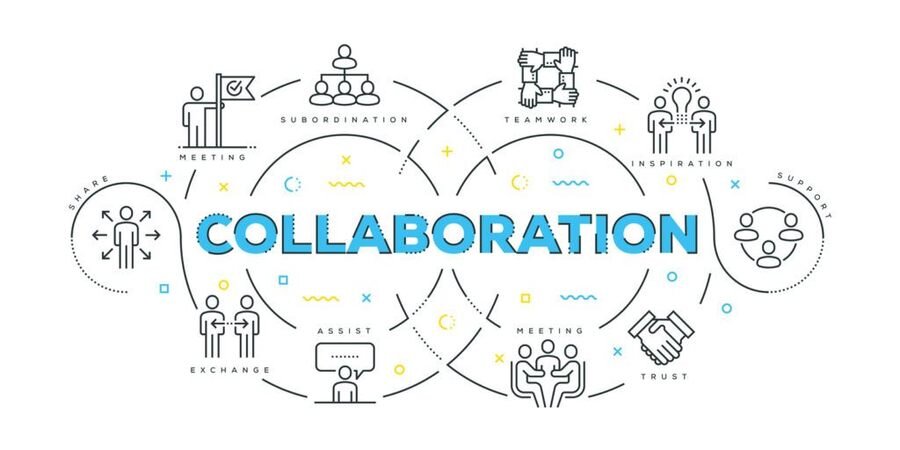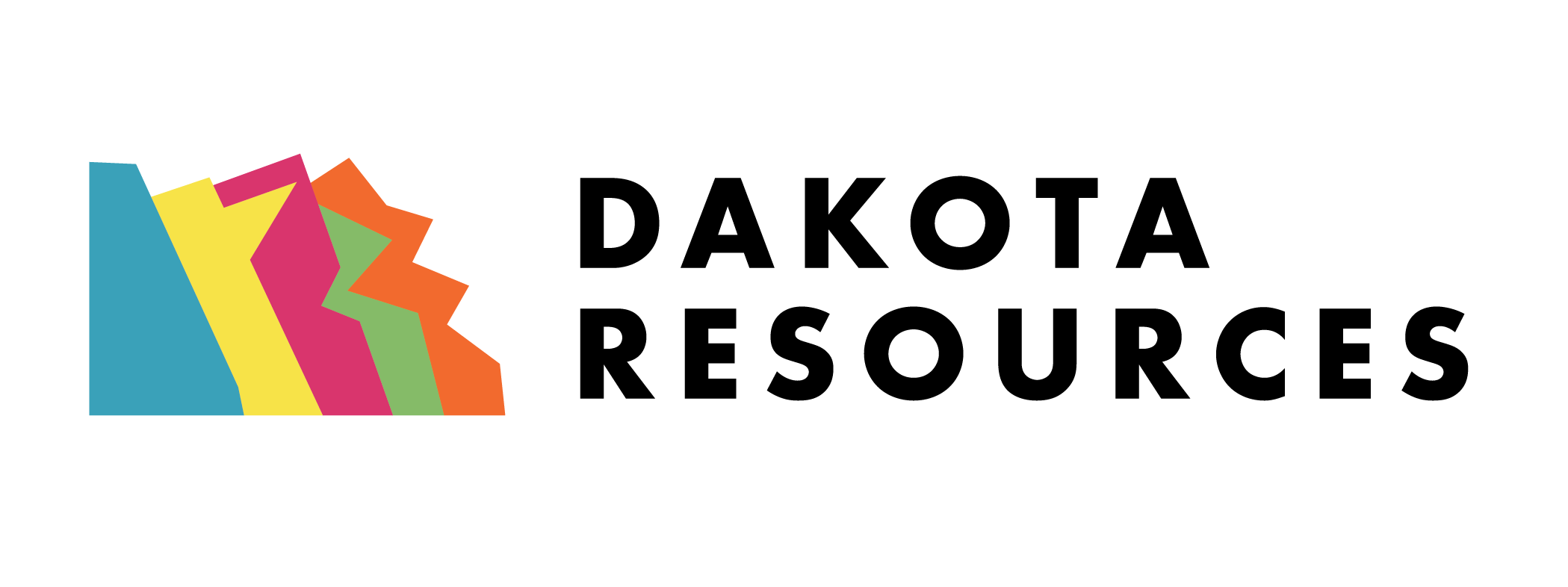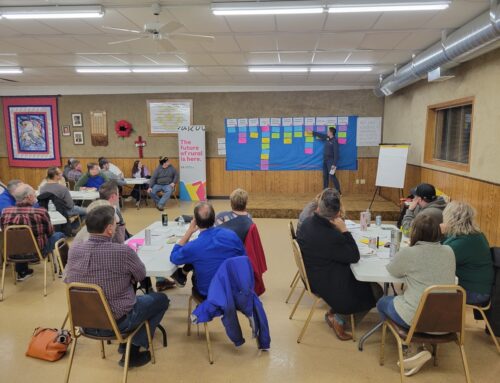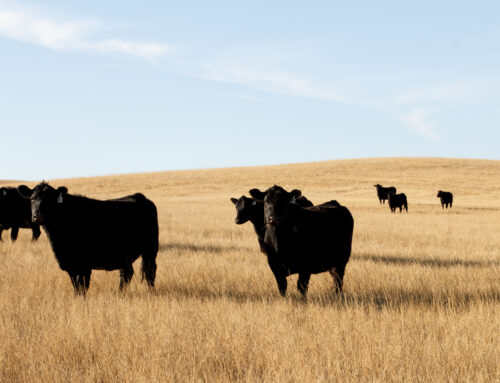True or False: Collaborative Leadership Exists in My Community?
By: Paula Jensen
I recently shared a big discovery in my community coaching work – the main thing holding back our vision of thriving rural communities is the absence of collaborative leadership.
Collaborative leaders are rare in our small towns because we think it will be faster and easier if we just do it ourselves. This was a hard realization for me. I was one of those individualistic leaders launching multiple new projects and events in my community, expecting others to get on board with me and be as excited about my idea as I was.

This individualistic culture among leaders in rural communities works to serve our own needs over the needs of the community as a whole. In this culture type, we are seen as autonomous, and our social networks tend to be influenced by the attitudes and preferences of only a few individuals. Then, we often sit back and wonder why no one wants to get involved.
True collaboration can develop when organizations and leaders recognize that none of us can truly succeed without the assets and innovation of others. So, how do you get started with a collaborative leadership model?
I would like to share 13 characteristics I’ve learned and practiced on my path to becoming a Collaborative Leader.
-
Gather your Crowd – A collaborative leader engages a team approach rather than a single-person approach to projects or initiatives. If you cannot find others passionate about the project, maybe it’s not the right time to launch.
-
Start by Building Relationships – A collaborative leader can compromise and build trust between multiple constituencies.
-
Share Leadership – A collaborative leader distributes power, authority, and responsibility across the group and fosters shared commitments that everyone has agreed to.
-
Work from Strengths – A collaborative leader helps a team identify individual assets, then links and leverages those assets to create new opportunities for the team.
-
Breakdown the Silos – A collaborative leader can build a network between a wide range of community partners that can offer resources and support.
-
Include Everyone – A collaborative leader can exercise inclusion through the power of ideas, the power of communication, and the power of public opinion.
-
Establish Communication – A collaborative leader practices open and frequent communication by creating a system that engages the team.
-
Lead with Questions – A collaborative leader can help diverse groups of people solve problems and resolve conflicts by asking powerful questions.
-
Embrace Innovation – A collaborative leader is entrepreneurial (i.e., able to see and capitalize on opportunities to do good work and improve results)
-
Facilitate Conversations – A collaborative leader has the ability to help the team discover what’s possible through talking and listening.
-
Adaptability is Key – A collaborative leader understands change is inevitable and can react as circumstances shift and new opportunities emerge.
-
Mobilize Action – A collaborative leader explores with the team the potential barriers to success, then sets a plan of action with built-in accountability and success measures.
-
Steward & Celebrate – A collaborative leader recognizes that relationships, if not nurtured and celebrated, can deteriorate over time, and break down the success that has been achieved.
Collaboration is the essential ingredient for our survival and success as thriving rural communities. I encourage you to take this list to the local coffee shop and start a conversation by asking, How would you answer this question — True or False | Collaborative leadership exists in my community?
About the Author
Having a passion for community leadership and development is what drives Paula Jensen’s personal and professional life. Paula resides in her hometown of Langford, South Dakota, population 318+. She serves as a Strategic Doing practitioner, grant writer and community coach with Dakota Resources based in Renner, South Dakota. Dakota Resources is a mission-driven 501c3 Community Development Financial Institution working to connect capital and capacity to empower rural communities. Contact her.






